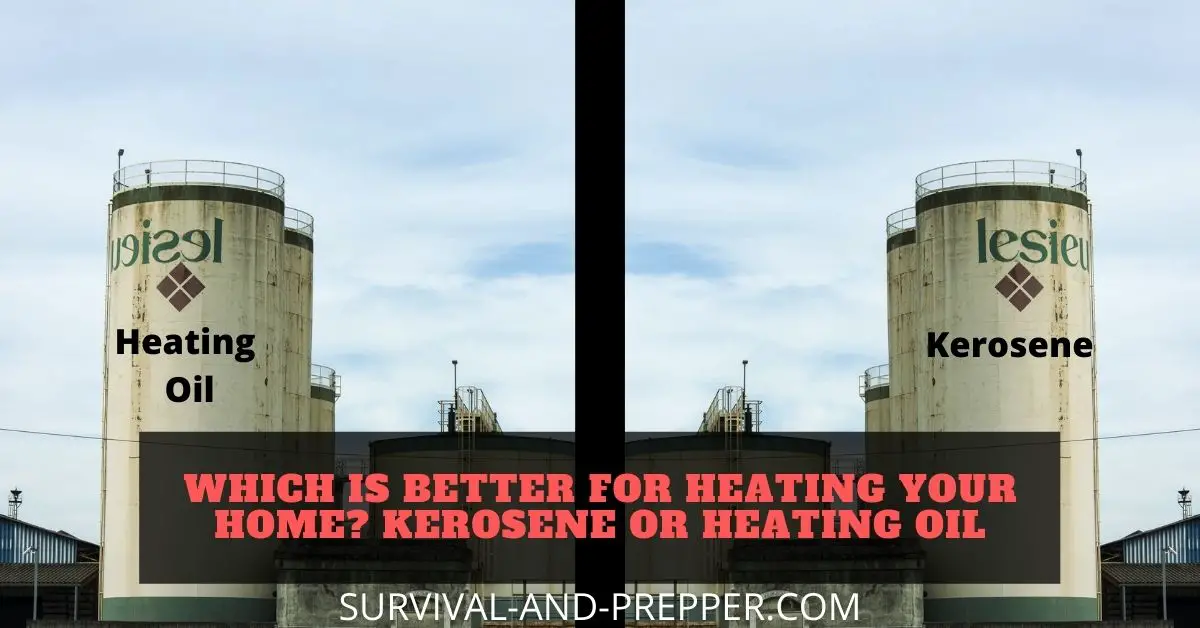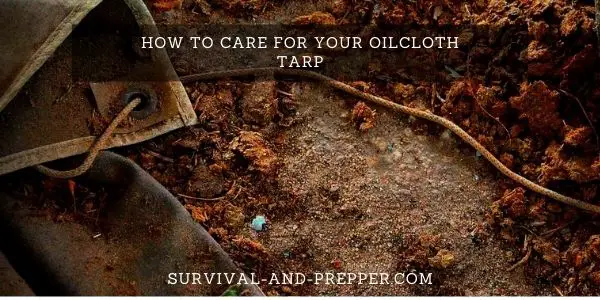Which Is Better for Heating Your Home? Kerosene or Heating Oil
Kerosene is generally considered a better option than heating oil due to its more efficient heat output and cleaner burning. This is due in large part to the more in depth refining process and removal of more impurities from kerosene fuel. The additional refining does cause Kerosene to be slightly more expensive though.
Modern Heating With Kerosene and Heating Oil
In today’s modern society fossil fuels are often used to provide for our heating needs. These fossil fuels are often refined into products such as diesel fuel, kerosene, fuel oil, heating oil and gasoline.
In this discussion we are going to sort out the differences of kerosene and heating oil and discuss why one is better than the other, as well as times when you may want to use something else.
Where do Kerosene and Heating Oil Come From?
Kerosene and heating oil are both produced by refining crude oil. This is the same process that produces other fuels such as gasoline, jet fuel and diesel fuel.
In order to create these various fuels to include Kerosene and Heating Oil the crude oil is heated and then separated using a distillation process. This process breaks the crude oil down into various fractions, or components.
Each of these components is then identified based on its weight and boiling point. Given these different weights the heavier components sink to the bottom, while the lighter components rise to the top.
The lighter components are made into fuels such as propane and gasoline while the medium weight components are made refined into kerosene and heating oil.
The component fractions are then further heated and impurities are removed. In the case of heating oil and kerosene this process is very similar. However, kerosene is refined and cleaned more extensively and this results in a cleaner mixture.
This extra refining process gives the two fuels slightly different properties and makes their ideal uses slightly different.
The Differences in Heating Oil When Compared to Kerosene
The Positives of Heating Oil
Heating Oil is generally considered to be safer than Kerosene. This is due to its higher flashpoint. The flashpoint of a fuel is the temperature at which the fuel begins to vaporise and can ignite.
In the case of heating oil, the flashpoint is around 140 degrees fahrenheit. With this higher flash point it is extremely rare that heating oil can reach this temperature on its own.
It must first be heated before it can be ignited making it relatively safe to store in your home without fear of an explosion.
The Drawbacks of Heating Oil
It is important to note that with the relatively thick viscosity of heating oil it is possible that it can gel and become unusable in cold weather. This is similar to the effect seen in diesel fuel.
This gel effect can pose significant problems if your fuel is stored in outside tanks and is needed for heat in the winter.
You can combat this gelling effect by either storing the fuel indoors or adding special chemicals to lower the temperature at which the fuel will reach the gel point.
Heating oil tends to contain more impurities such as sulfur than kerosene does. These impurities create additional hazardous fumes when burned.
Due to these additional fumes and the potential of carbon monoxide issues, it is important that both businesses and homes who choose to use heating oil ensure that there is adequate ventilation in place.
The Positives of Kerosene
Kerosene tends to be lighter in weight and as a liquid thinner than heating oil. While still considered relatively safe it does have a lower flashpoint of around 100 degrees fahrenheit.
While kerosene’s primary use in modern society is as aircraft fuel, it can also be used as a heating fuel. When used as a heating fuel, kerosene burns hotter and cleaner than heating oil. Due in large part to its more in depth refining methods.
This cleaner burning results in fewer fumes, though there is still a risk of carbon monoxide issues in small spaces.
With the viscosity of kerosene being less than that of heating oil it tends to remain more stable throughout the winter. In all but the coldest climates it is not likely to gel. This makes it ideal for outdoor storage.
The Drawbacks of Kerosene
One of the drawbacks of kerosene is its lower flashpoint. Kerosene begins to vaporize at around 100 degrees fahrenheit. These vapors can be ignited very easily.
This could result in dangerous conditions in hotter climates. If the kerosene is stored in outside tanks and the temperature isn’t controlled then it could begin to vaporize. A potential spark could ignite the fuel at that point.
Kerosene vs Heating Oil Prices
While the prices of both Kerosene and Heating oil will fluctuate depending on season and competition, Heating Oil will be cheaper in nearly every instance. This is due to the additional refining process required for Kerosene. In March of 2021 the average price of Kerosene was $3.54 compared to $3.05 for heating oil.
The depicted prices above include taxes and were for the state of Newyork. It is important to note that local oil prices fluctuate based on the cost of crude oil which is a globally traded commodity.
Prices will also vary based on the taxes applied in your locality. Various states and cities will impose differing tax amounts.
Extreme or mild seasons will also either cause the prices to rise as more fuel is consumed or lower if fuel isnt needed that season.
Keep in mind that in southern climates it may be harder to find heating oil. This is largely due to the fact that it is not as commonly used in their milder winters.
Your Heating Furnace Will Be a Large Factor in Your Choice
Many home and commercial furnaces are designed so that they can be fueled by either kerosene or heating oil. With that in mind the characteristics of both of these fuels will determine what is best in your case.
With its cleaner burning and higher heat output Kerosene is often considered the safer option. While Heating Oil’s lower cost tends to make it the fuel of choice in colder climates, where it is burned in bulk.
Obviously if your residential or commercial oil furnace is only capable of burning one of these fuels then that is the fuel you will have to go with.
Additional Considerations to Keep in Mind
While heating oil is primarily used for fueling homes and commercial furnaces, kerosene tends to be more flexible in its uses. Kerosene is often burned in lamps, stoves and small portable heating units in addition to larger full home furnaces.
The additional uses along with ease of storage, higher heat output and less chance of gelling tend to make Kerosene a popular choice. This is despite its slightly increased cost. Especially in a long term emergency type situation where kerosene can be stored for up to five years with minimal degradation in its quality.






